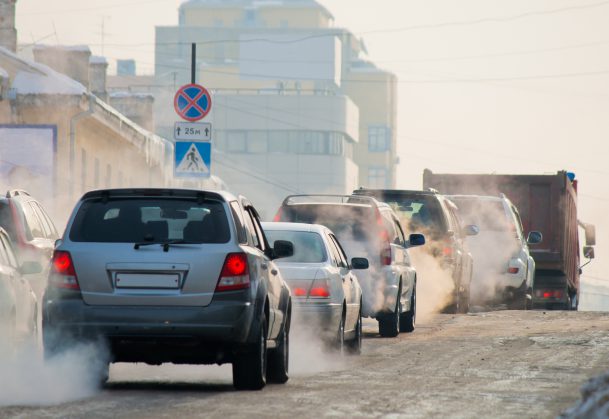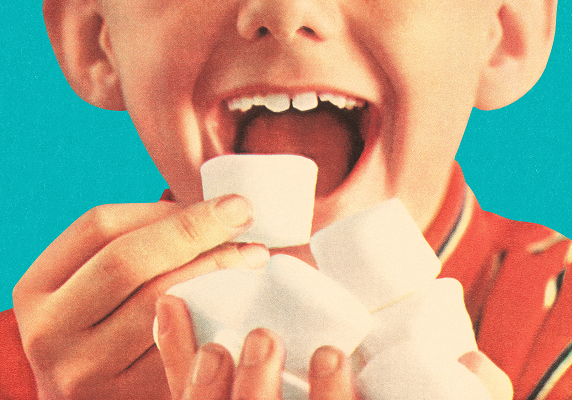Driving Simulation and AI Deepen Insights into Impulsivity

Psychological research often relies on participants to report or reflect on their own behavior, but these perceptions don’t always align with how they act in the real world or even during experiments in a laboratory. Lab experiments sometimes have participants engage in tasks that don’t capture the full range of behaviors people display in their day-to-day lives, but pairing realistic tasks with machine learning could help researchers more accurately assess individuals’ personality traits, wrote San Ho Lee and colleagues (Seoul National University) in a Psychological Science article.
The study employed an inverse reinforcement learning (ILR) algorithm capable of inferring the reward function that underlies observed behaviors.
“The combination of real-time tasks and deep IRL offers a promising novel approach to improving the assessment of psychological constructs underlying human behaviors and decision-making,” Lee and coauthors Myeong Seop Song, Min-hwan Oh, and Woo-Young Ahn wrote.
The researchers put their IRL algorithm to the test through a study of 47 students at Seoul National University. In addition to completing the Barrat Impulsiveness Scale (BIS), which measures participants’ perceptions of their own motor, planning, and attentional abilities, the students completed a series of three tasks designed to assess impulsivity:
- a simulated driving task in which the participants’ goal was to drive as fast as possible using arrows on a keyboard, without crashing into another car,
- a delay-discounting task in which participants chose between different rewards offered at various points in the future, and
- a go/no-go task in which participants needed to press or not press a key on a keyboard in response to text that appeared on screen.
In line with previous research, Lee and colleagues found a gap between participants’ BIS scores and their performance on the delay-discounting and go/no-go tasks. However, participants’ BIS score significantly correlated with their overall performance on the driving task.
“The results support our hypothesis that a real-time task in a realistic environment would better reflect impulsivity than traditional trial-based tasks,” Lee and colleagues explained. “Behavioral task measures can represent individual traits measured with a self-report questionnaire if the task offers a wide range of states in which participants can exhibit diverse behaviors as they do in real-world situations.”
The researchers also found that a deep neural network (DNN) model—trained by the IRL algorithm with data about participants’ driving task performance—was able to identify new indicators of impulsivity that corresponded with the participants’ BIS scores. DNNs can identify complex relationships between actions and rewards that may not be apparent to human observers, the researchers explained.
In this case, the algorithm compared participants’ actual actions (moving up, no action, moving down, acceleration, and deceleration) with the hypothetical actions generated by an artificial participant operating according to the DNN model. The closer the artificial participants’ actions matched those of the real participants, the more accurate the algorithms’ DNN model appeared to be. The model’s average accuracy was found to be 64%, much higher than the chance rate of 20%.
Related content we think you’ll enjoy
-

Driving and Cars
How do motorists develop the higher-order cognitive processes required to navigate safely? Research explores this and more. Visit Page
-

Teaching: Adolescent Self-Control / Loyalty Benefits and Backfires
Lesson plans about self-control in adolescents and how loyalty can lead us to act ethically or unethically. Visit Page
-

Children Will Wait to Impress Others—Another Twist on the Classic Marshmallow Test
When it comes to self-control, young children are better able to resist temptation and wait for greater rewards if they take into consideration the opinions of others. Visit Page
The researchers said they also found an important difference between human and artificial participants: humans chose to take no action more often than artificial participants, possibly because the algorithms do not fully account for the physical cost of actions.
“Although the IRL agents learn from human demonstrations that reflect constraints on human behaviors, they might not replicate infrequent inaction because of fatigue or inattention in situations in which the participant typically took action,” Lee and colleagues wrote.
Nonetheless, the DNN model trained by the IRL algorithm was able to identify that participants were motivated by at least two features during the driving task: the speed of their own car and their distance from the car ahead of them in the same lane. Although most participants were motivated to drive at low to moderate speed while maintaining a close to moderate distance from the car ahead of them, participants with higher BIS scores, and thus higher impulsivity, were found to drive faster and closer to the car ahead of them.
More impulsive participants were also less likely to decelerate before crashing and more likely to change lane immediately before passing a car, rather than switching lanes at a greater distance.
“We found stronger indicators of impulsivity from IRL rewards than from summary statistics (e.g., mean speed, number of crashes). This suggests that IRL offers more than just a descriptive analysis because the reward functions can provide insights into participants’ characteristics that may not be apparent in their behaviors,” Lee and colleagues wrote.
In future work, the researchers plan to investigate how people with mental health conditions associated with heightened impulsivity perform on the highway task, as well as the neural correlates of IRL reward functions. Incorporating more realistic laboratory tasks into neuropsychological assessment could help improve their validity by measuring patients’ behaviors under more naturalistic conditions, Lee and colleagues wrote.
Feedback on this article? Email apsobserver@psychologicalscience.org or login to comment.
Reference
Lee, S. H., Song, M. S., Oh, M., & Ahn, Y. (2024). Bridging the gap between self-report and behavioral laboratory measures: A real-time driving task with inverse reinforcement learning. Psychological Science. https://doi.org/10.1177/09567976241228503





APS regularly opens certain online articles for discussion on our website. Effective February 2021, you must be a logged-in APS member to post comments. By posting a comment, you agree to our Community Guidelines and the display of your profile information, including your name and affiliation. Any opinions, findings, conclusions, or recommendations present in article comments are those of the writers and do not necessarily reflect the views of APS or the article’s author. For more information, please see our Community Guidelines.
Please login with your APS account to comment.